Lesson Two – Temperature
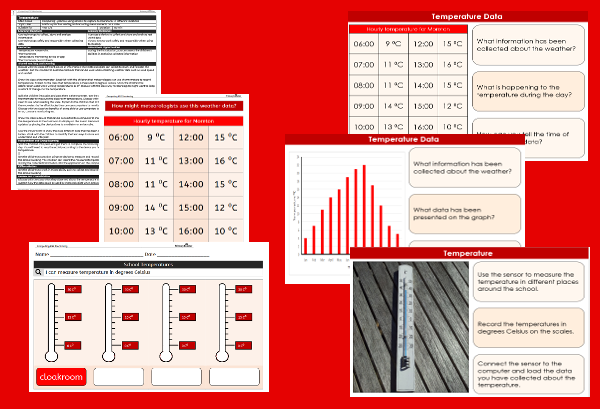
This computing teaching pack for Key Stage Two gets the children to practise using sensors to capture and record temperatures that can be measured in different locations around the school building and grounds.
The class can identify and explain how information about temperature might be displayed using an electronic sensor device and how the information can be interpreted.
Download this teaching pack including a lesson plan, classroom activities and an interactive presentation to teach the children to practise using sensors to capture and record temperatures that can be measured in different locations around the school building and grounds
Activities in this teaching pack include display posters to identify and describe how to use collected data about the weather and a template to record temperatures that can be measured in different locations around the school using an electronic sensor.
The interactive presentation gets the children to explore how to use sensors to capture and measure temperatures that can be found in different locations around the school.
This lesson is part of a computing scheme of work to get the children to investigate how to use different forms of technological sensors to record, monitor and present weather information and data. There are teaching activities for shared learning, differentiated worksheets to support independent learning and interactive presentations to introduce concepts and key skills.
-
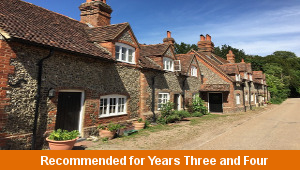
Cities, Towns and Villages
Research and present the history of a range of different buildings and people that are part of the local community using a school exhibition
-
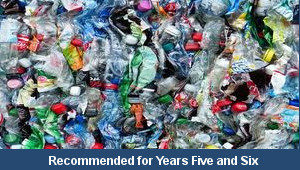
Recycling
Research and present some of the benefits and disadvantages that can be produced when recycling different materials at home and in school
-
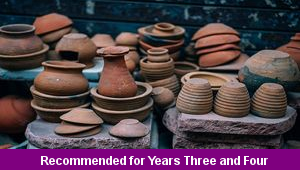
Viking Pots
Develop and refine a range of different art and design techniques when working with clay to make pots that represent Viking culture and traditions
-
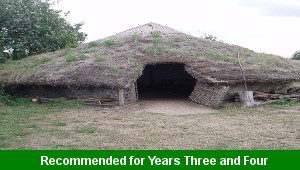
Bronze Age
Research and illustrate how life in Britain developed and changed during the Bronze Age including the growth of communities and trade
